Have you ever wondered about the different techniques for efficiently managing renewable energy sources? In this article, we will explore various strategies that can help you optimize the use of renewable energy in your daily life. From solar to wind power, there are many ways to make the most of these sustainable resources. Let’s dive in and learn more!
Importance of Efficiently Managing Renewable Energy
Managing renewable energy sources effectively is crucial in today’s world, where climate change and environmental degradation are major concerns. By utilizing renewable energy sources such as solar, wind, hydro, and geothermal power, we can reduce our dependence on fossil fuels and lower greenhouse gas emissions. This not only helps to combat climate change but also promotes sustainable development and energy independence.
Understanding Renewable Energy Sources
Renewable energy sources are natural resources that are constantly replenished, such as sunlight, wind, flowing water, and heat from the earth. Unlike fossil fuels, which are finite and non-renewable, renewable energy sources are sustainable and environmentally friendly. By harnessing the power of these sources, we can generate clean electricity and heat without depleting the earth’s resources or causing harm to the environment.
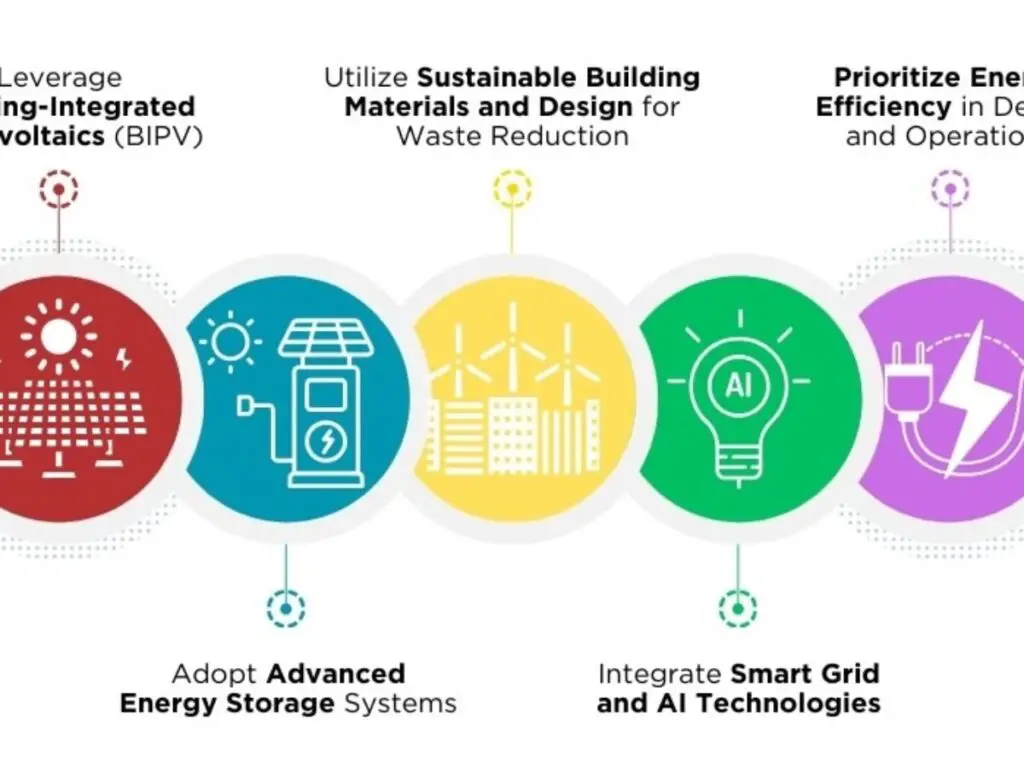
Techniques for Managing Solar Energy
Solar energy is one of the most abundant renewable energy sources available to us. By installing solar panels on your roof or property, you can harness the power of the sun to generate electricity for your home or business. To efficiently manage solar energy, consider the following techniques:
1. Solar Panel Orientation and Tilt
To maximize the efficiency of your solar panels, it is important to orient them towards the sun and adjust their tilt angle according to your geographical location. In the Northern Hemisphere, panels should face south for optimal sunlight exposure, while in the Southern Hemisphere, they should face north. Additionally, adjusting the tilt angle of the panels based on the season can help capture more sunlight throughout the year.
2. Energy Storage Systems
Integrating energy storage systems such as batteries with your solar panel setup can help you store excess energy generated during the day for use at night or during cloudy weather. By storing energy, you can reduce your reliance on the grid and ensure a more consistent power supply from your solar panels.
3. Monitoring and Maintenance
Regular monitoring and maintenance of your solar panel system are essential to ensure its optimal performance. Keep an eye on the energy production levels, clean the panels periodically to remove dust and debris, and inspect the system for any signs of damage or malfunction. By staying on top of maintenance tasks, you can prolong the lifespan of your solar panels and maximize their efficiency.
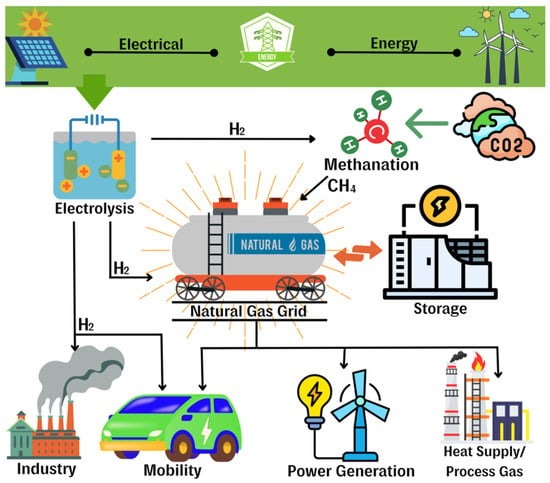
Strategies for Managing Wind Energy
Wind energy is another valuable renewable resource that can be harnessed to generate electricity. Wind turbines are commonly used to capture the kinetic energy of the wind and convert it into electrical power. To efficiently manage wind energy, consider implementing the following strategies:
1. Wind Turbine Placement
The location of wind turbines plays a crucial role in the efficiency of wind energy generation. Place turbines in areas with consistent and strong wind patterns, such as coastal regions or open plains. Avoid placing turbines in areas with turbulent winds or obstructions that can impede airflow, as this can decrease their effectiveness.
2. Grid Integration
Integrating wind power into the electricity grid requires careful planning and coordination to ensure a stable and reliable power supply. Consider using smart grid technologies to manage the variability of wind energy production and balance supply and demand in real-time. By integrating wind power into the grid effectively, you can maximize its contribution to the overall energy mix.
3. Remote Monitoring Systems
Deploying remote monitoring systems for wind turbines can help you track their performance and detect any issues or malfunctions early on. By monitoring key metrics such as rotor speed, blade pitch, and energy output, you can identify potential problems and take proactive measures to maintain the efficiency of your wind energy system.
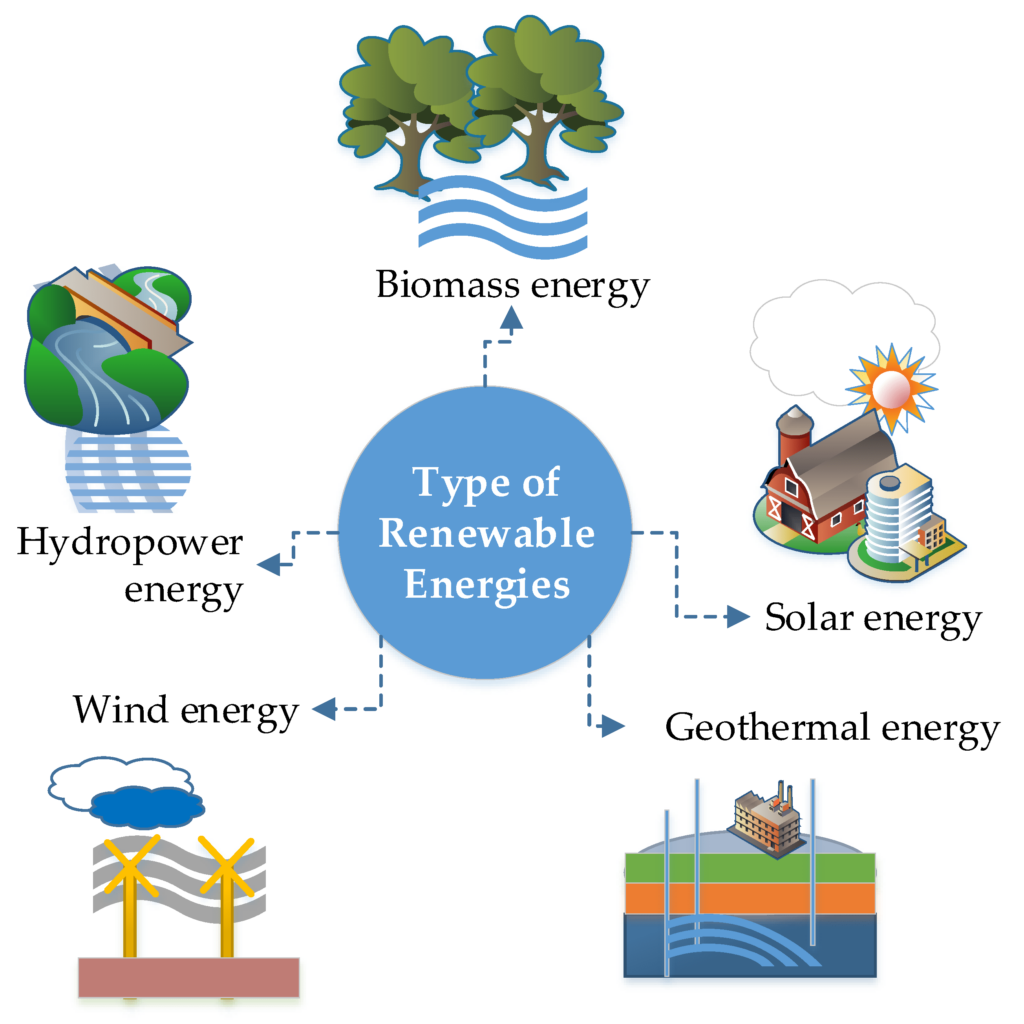
Best Practices for Managing Hydroelectric Power
Hydropower is a clean and renewable energy source that utilizes the kinetic energy of flowing water to generate electricity. Hydroelectric power plants are commonly used to produce renewable energy on a large scale. To effectively manage hydroelectric power, consider adopting the following best practices:
1. Water Management
Optimizing water flow and reservoir levels is essential for maintaining the efficiency of hydroelectric power plants. Proper water management techniques, such as regulating flow rates and adjusting reservoir levels based on energy demand, can help maximize electricity generation and storage capacity.
2. Environmental Impact Assessment
Before constructing a hydroelectric power plant, conduct a comprehensive environmental impact assessment to evaluate its potential effects on local ecosystems and communities. Implement measures to mitigate negative impacts, such as fish migration barriers or habitat destruction, and ensure sustainable operation of the plant in alignment with environmental regulations.
3. Maintenance and Upkeep
Regular maintenance and upkeep of hydroelectric power infrastructure are key to ensuring its long-term reliability and efficiency. Inspect turbines, generators, and other equipment regularly, perform repairs or replacements as needed, and keep the facility clean and well-maintained. By investing in proper maintenance practices, you can extend the lifespan of your hydroelectric power plant and maximize its energy output.
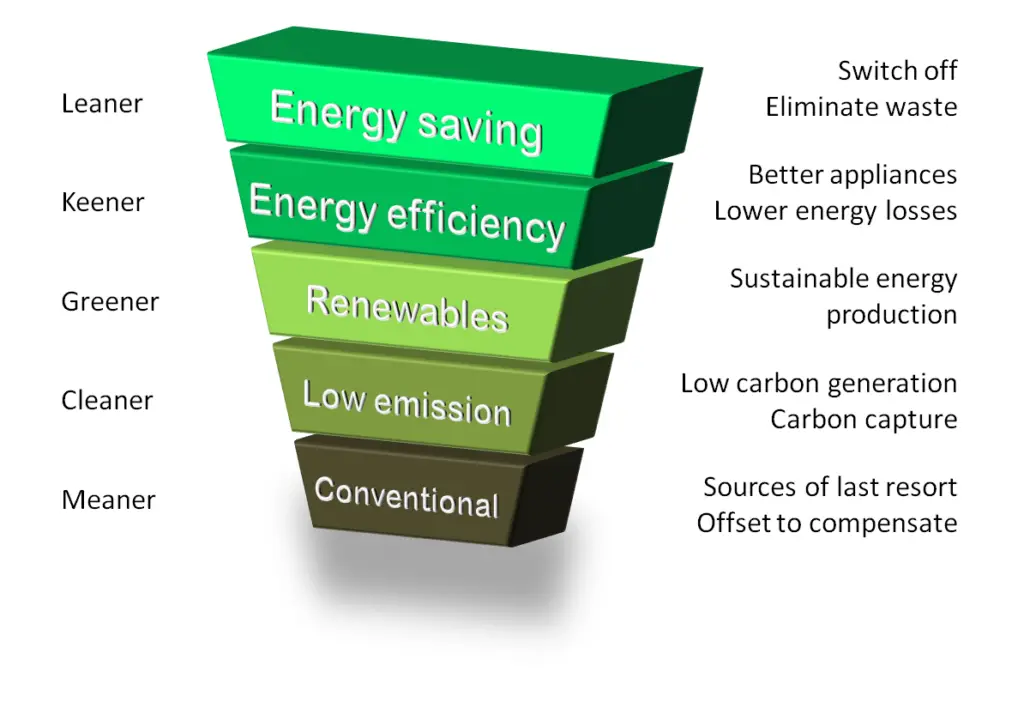
Effective Management of Geothermal Energy Resources
Geothermal energy harnesses the heat stored beneath the earth’s surface to generate electricity and heat buildings. Geothermal power plants utilize hot water or steam from underground reservoirs to drive turbines and produce renewable energy. To manage geothermal energy resources effectively, consider the following strategies:
1. Reservoir Management
Proper management of geothermal reservoirs is vital for maintaining the long-term sustainability and efficiency of geothermal power plants. Monitor reservoir pressure, temperature, and fluid flow rates regularly to optimize energy production and prevent depletion or overheating of the resource. Implement injection and extraction strategies to manage reservoir integrity and maximize energy recovery.
2. Emission Control
Geothermal power plants may release gases and chemicals from the earth’s crust during energy production, such as sulfur dioxide or hydrogen sulfide. Implement emission control measures, such as gas scrubbers or injection wells, to reduce pollutant emissions and minimize environmental impact. By controlling emissions effectively, you can ensure clean and sustainable operation of geothermal energy facilities.
3. Heat Exchanger Maintenance
Maintaining heat exchangers and steam turbines in geothermal power plants is essential to ensure their optimal performance and efficiency. Clean and inspect heat exchangers regularly to remove mineral deposits or debris that can affect heat transfer and energy conversion. Monitor turbine performance and vibration levels to detect any issues early on and prevent equipment breakdowns.
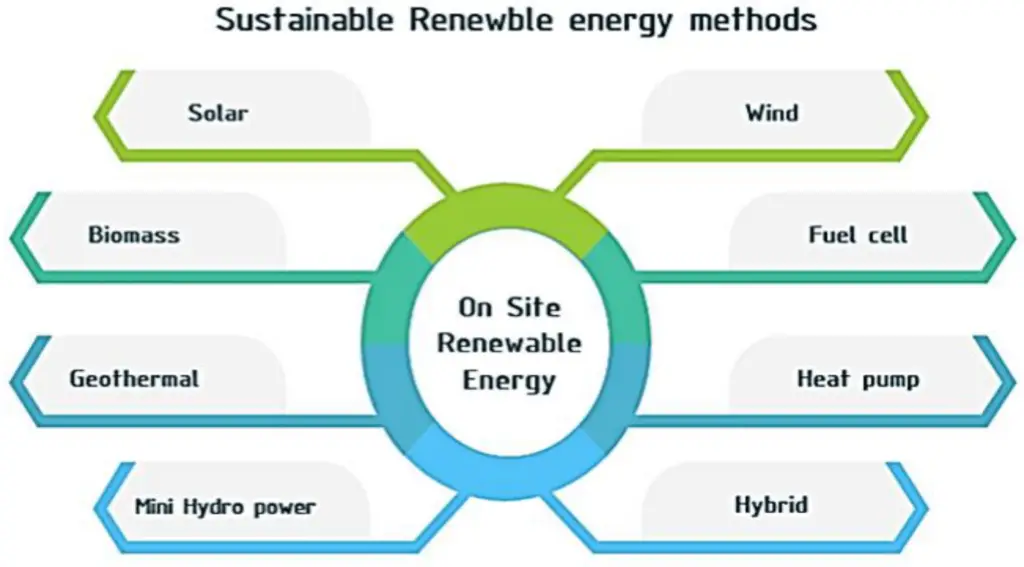
Conclusion
In conclusion, effectively managing renewable energy sources is essential for promoting sustainability, reducing greenhouse gas emissions, and ensuring a reliable energy supply for future generations. By utilizing the techniques and strategies outlined in this article, you can optimize the use of solar, wind, hydro, and geothermal energy in your daily life or business operations. Remember to consider factors such as system maintenance, monitoring, and resource management to maximize the efficiency and longevity of your renewable energy systems. Together, we can work towards a more sustainable and eco-friendly energy future for all. Start implementing these techniques today and make a positive impact on the environment!
